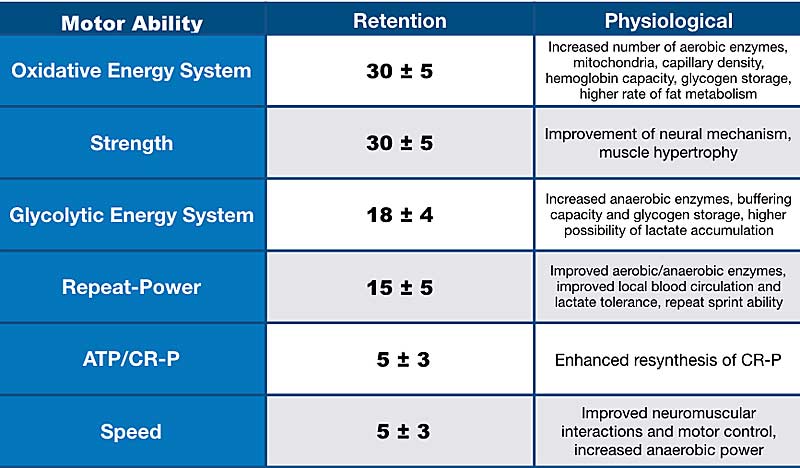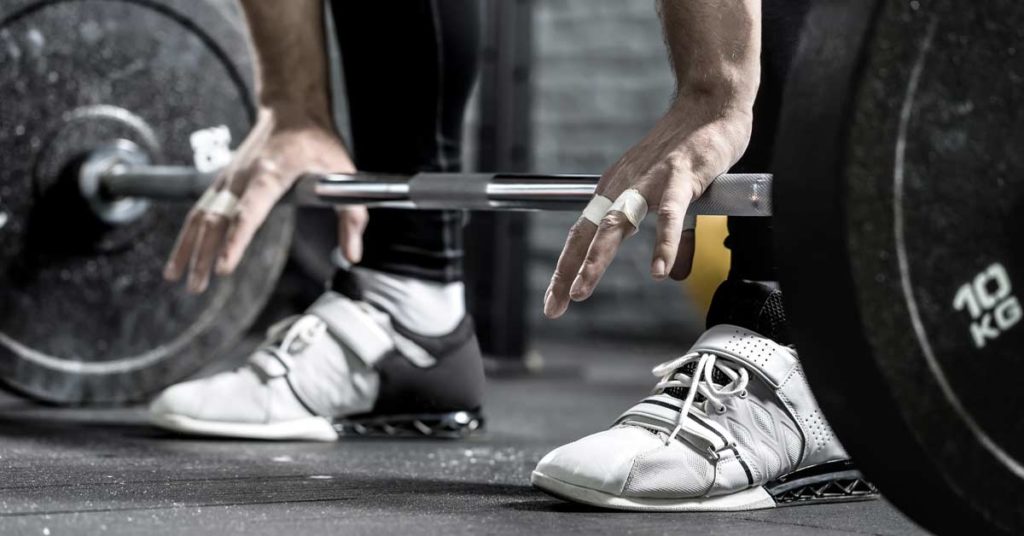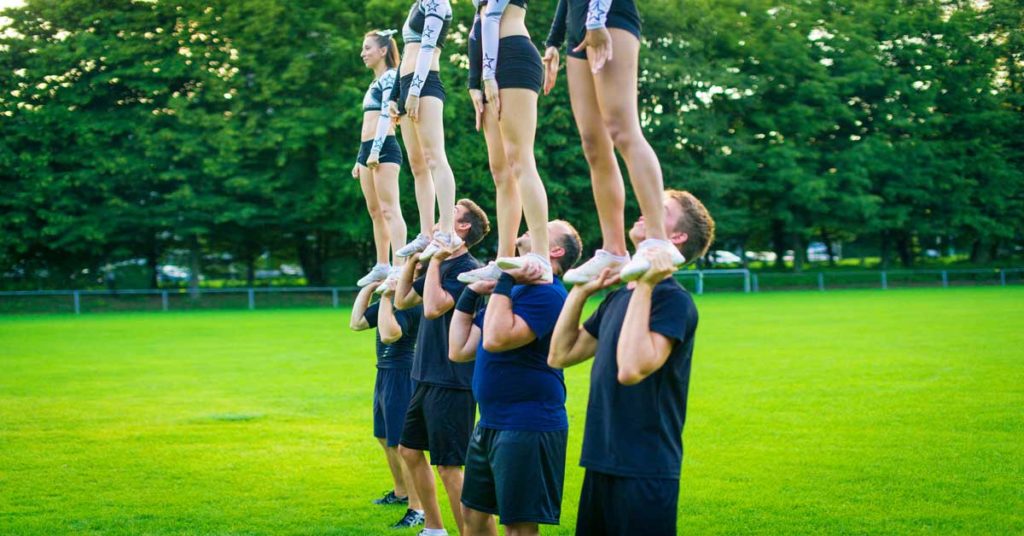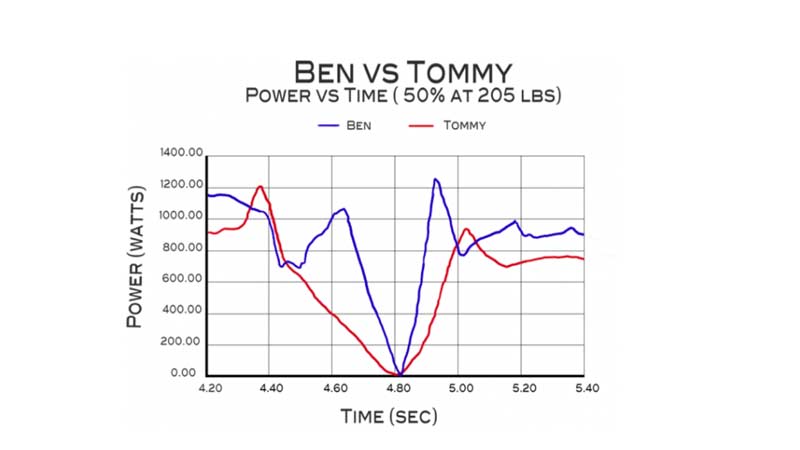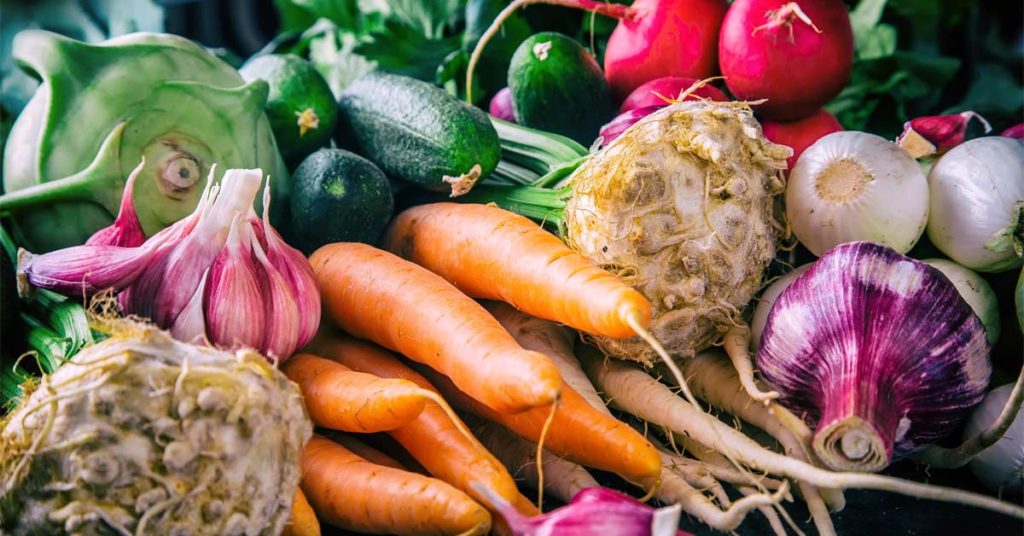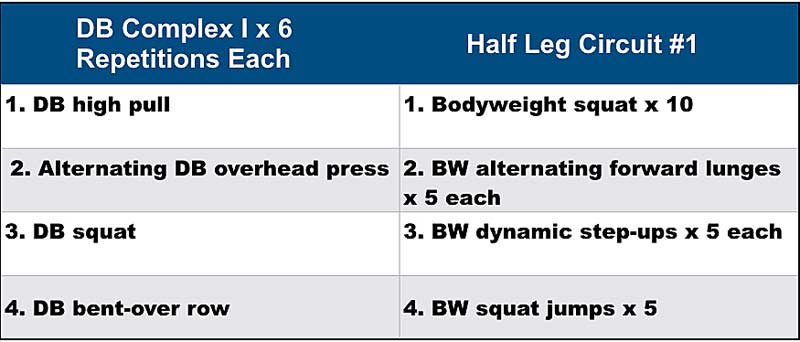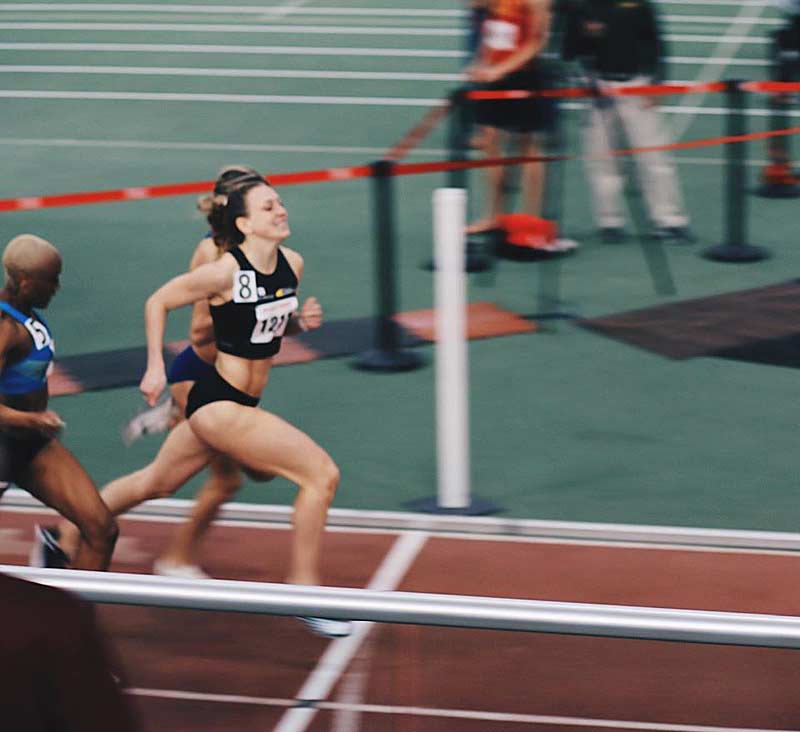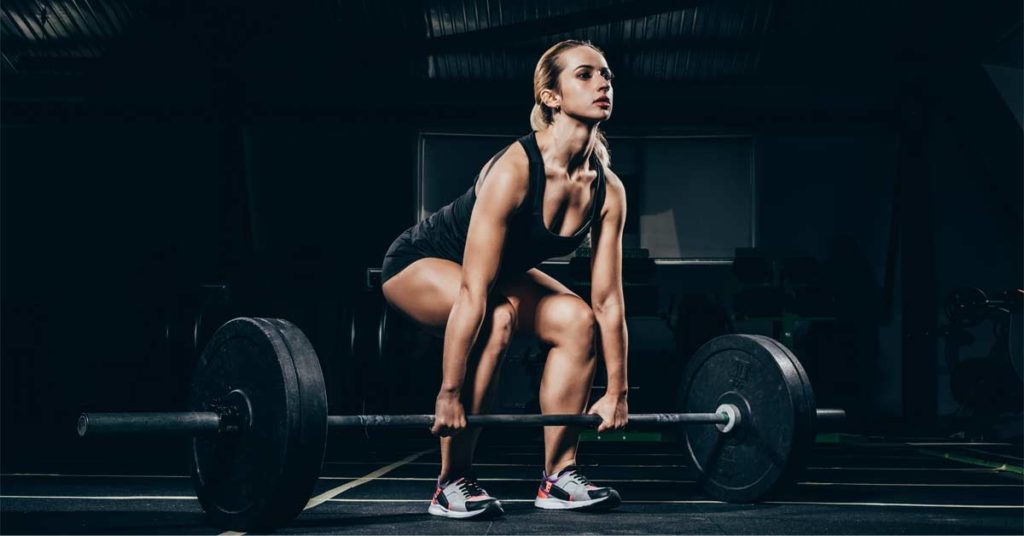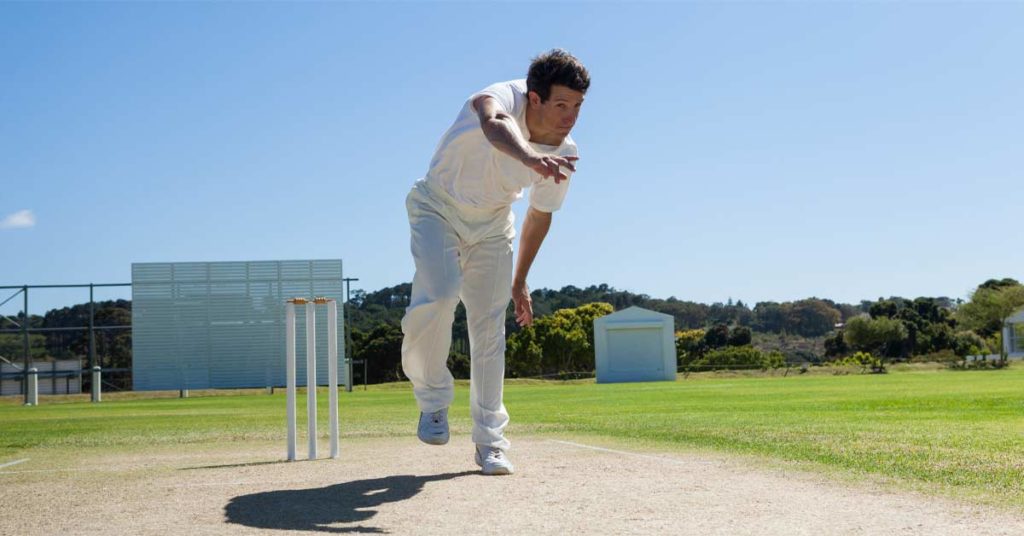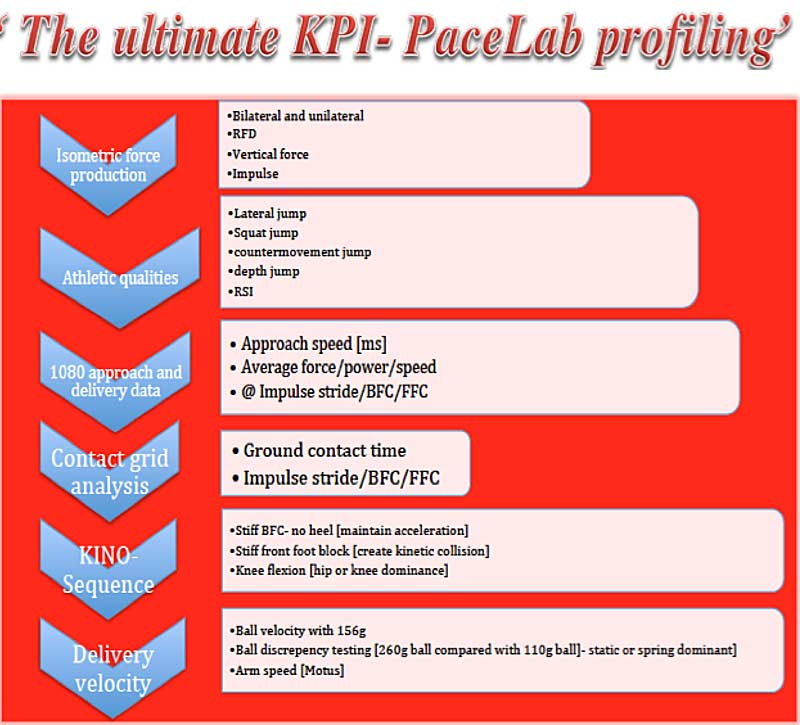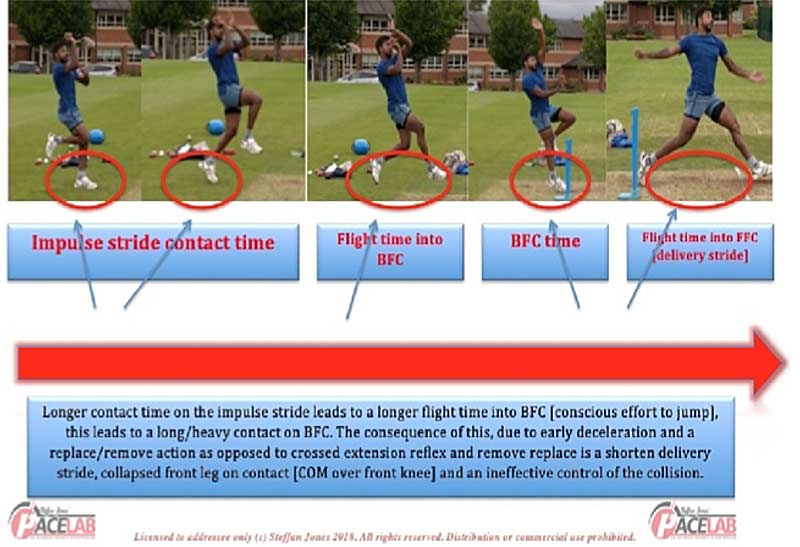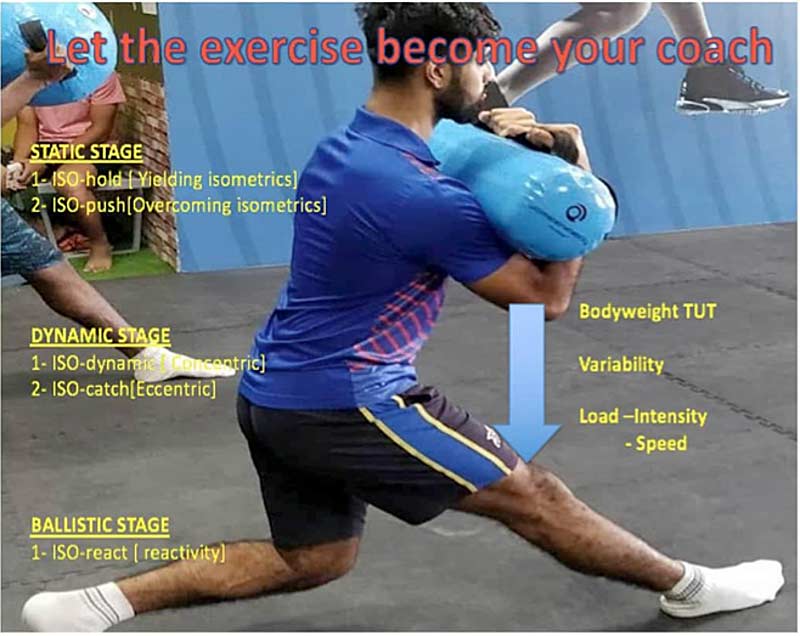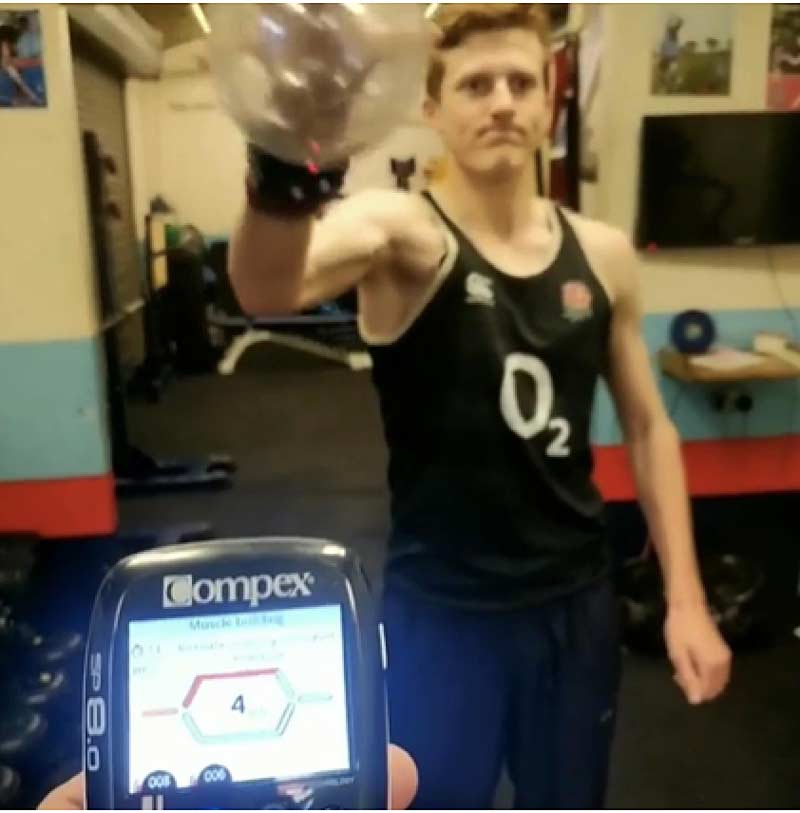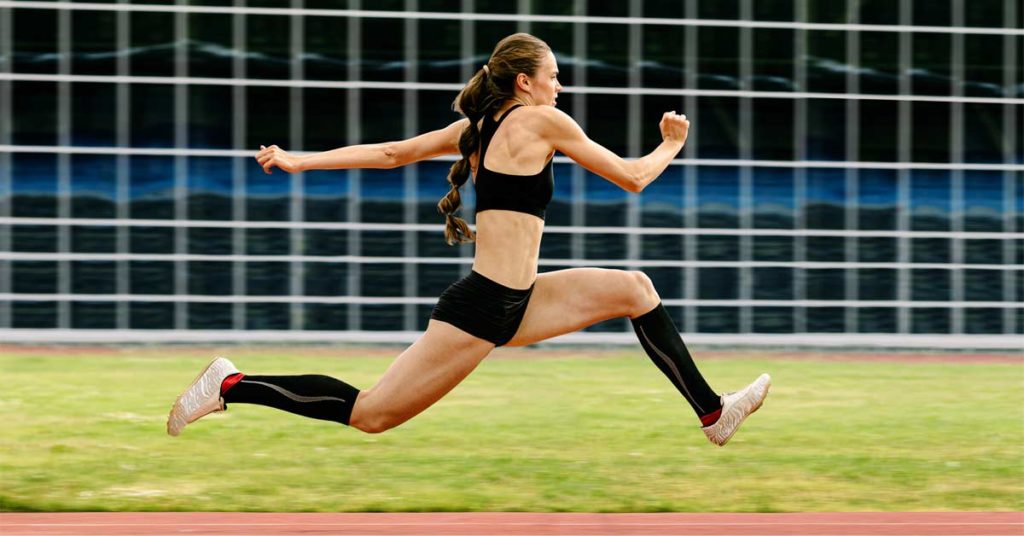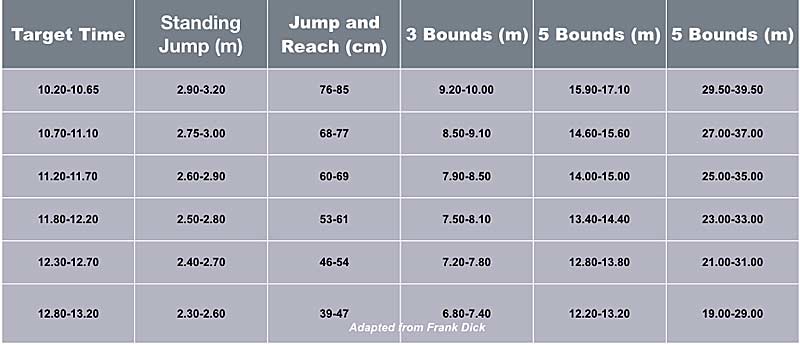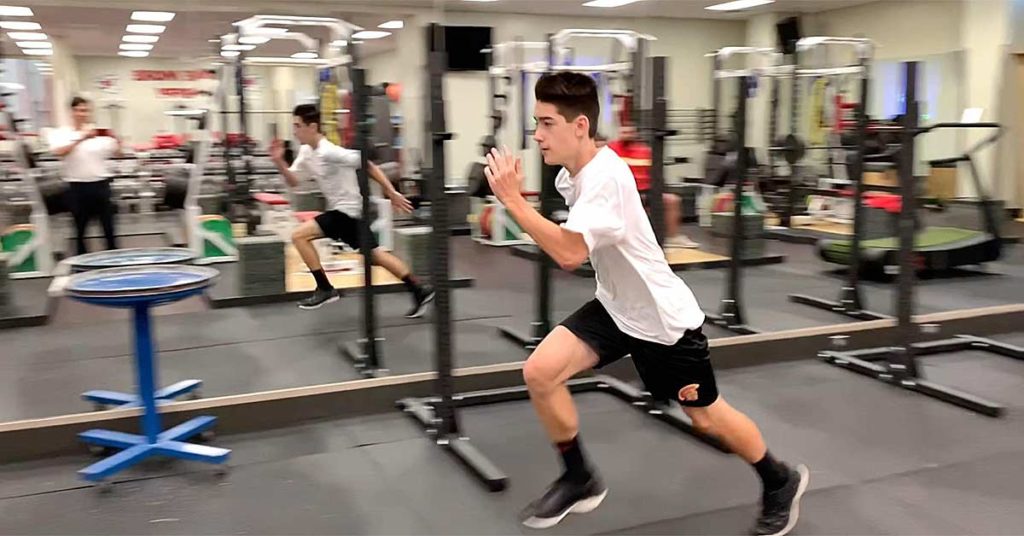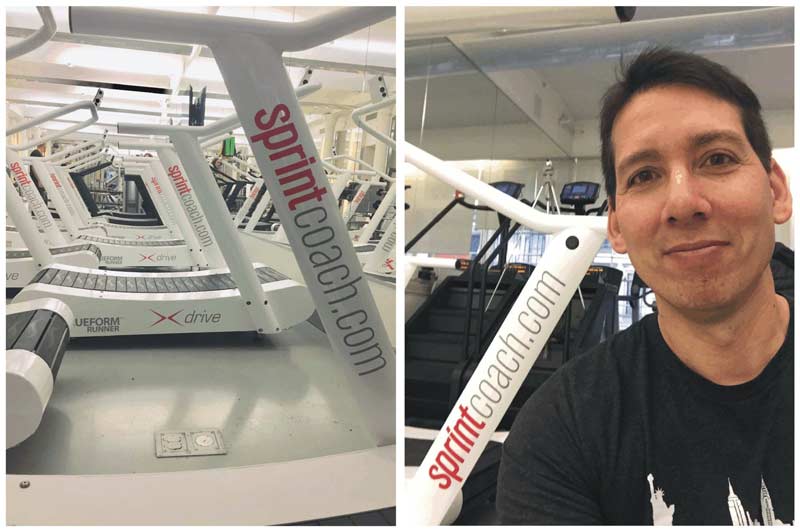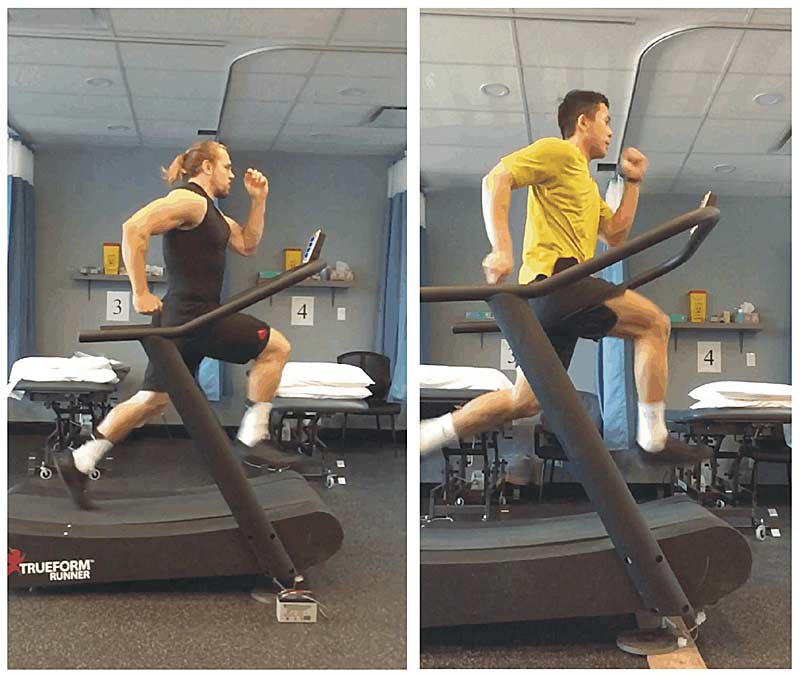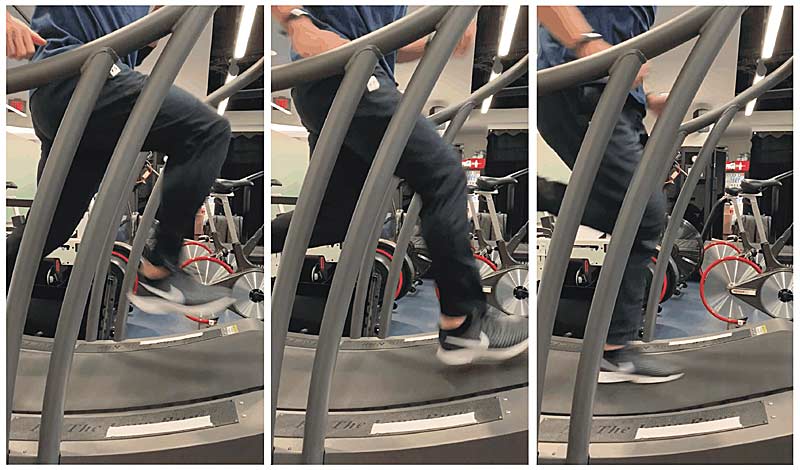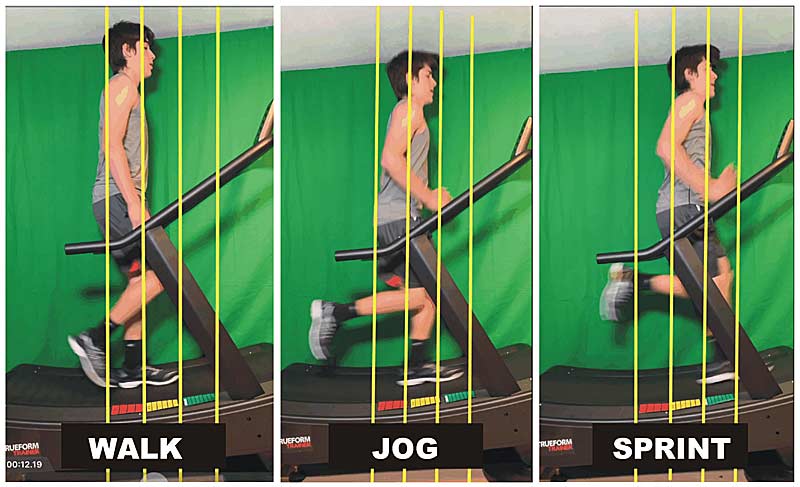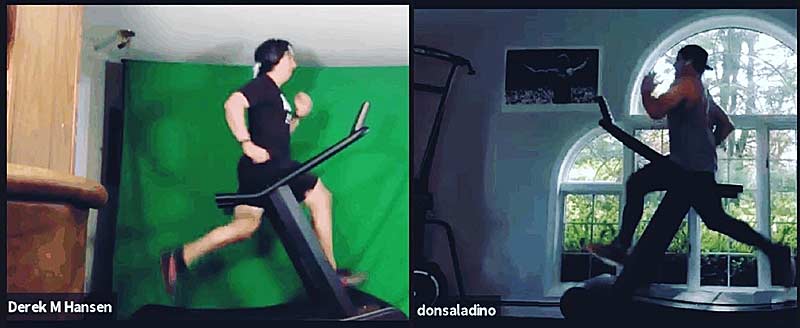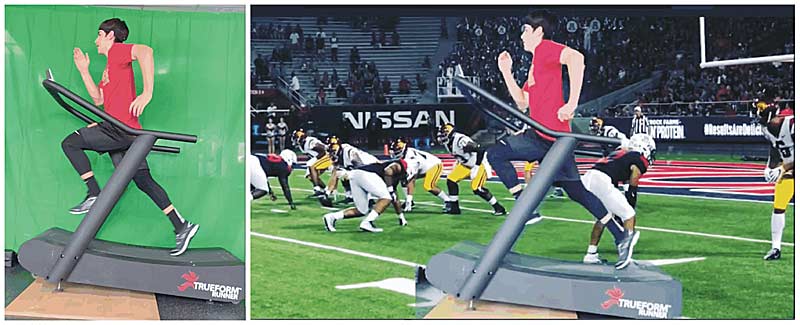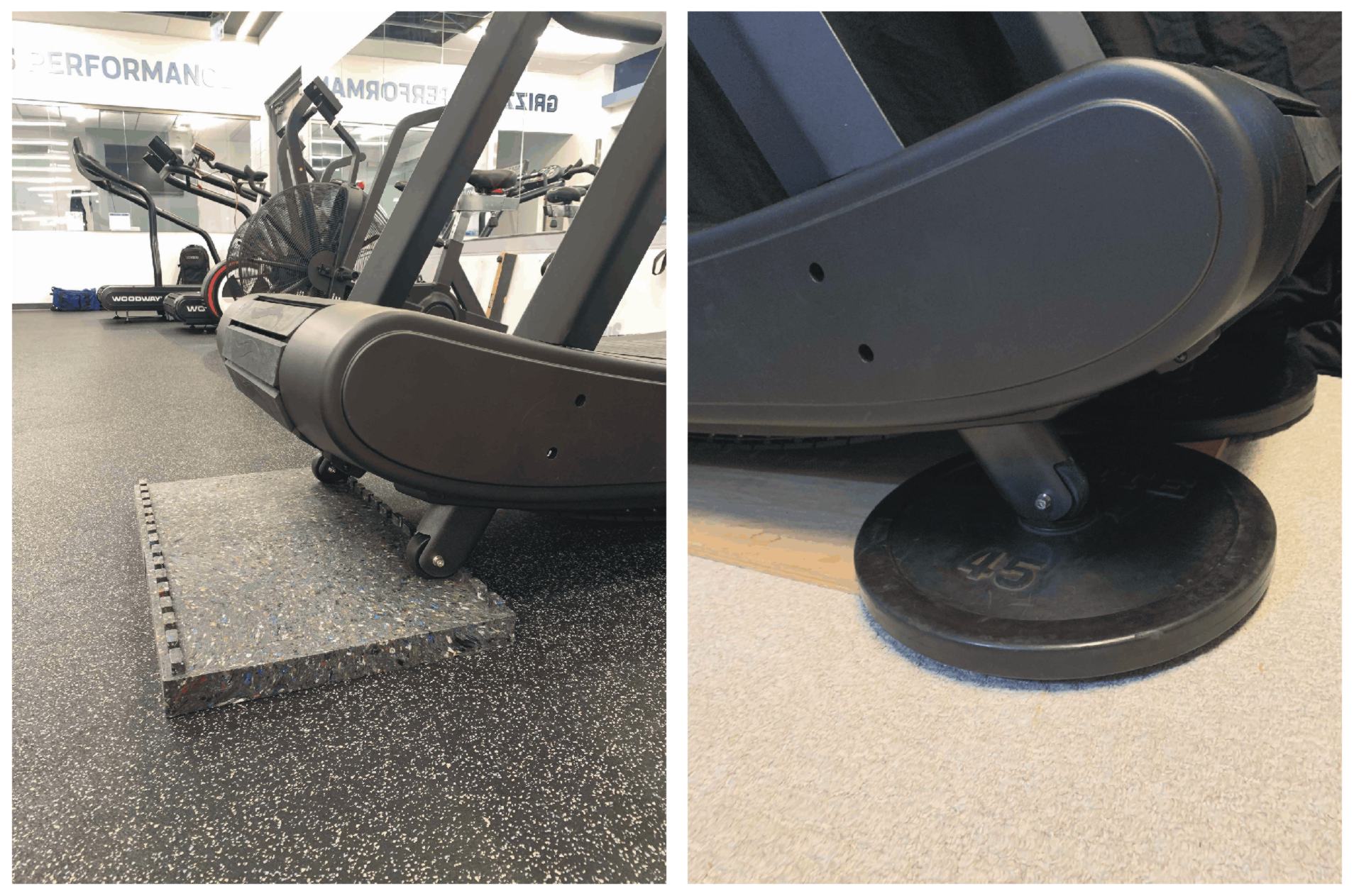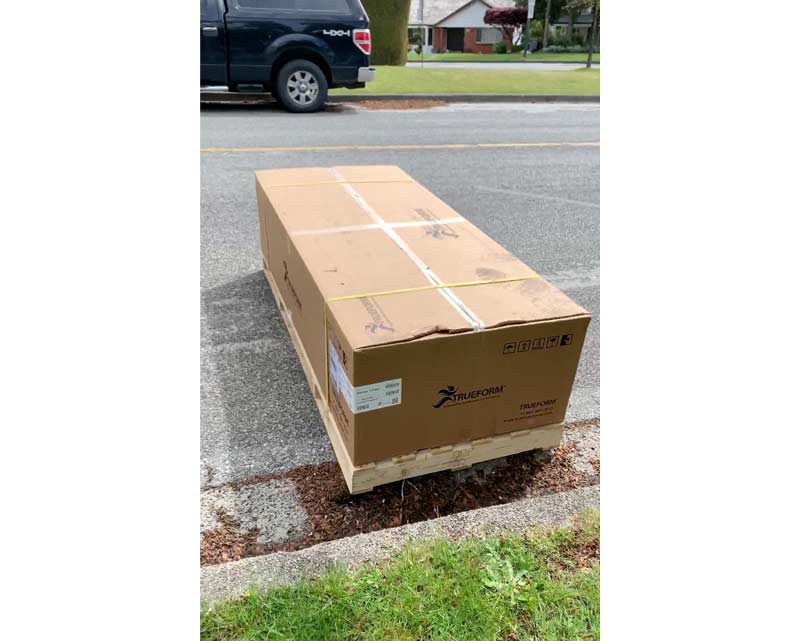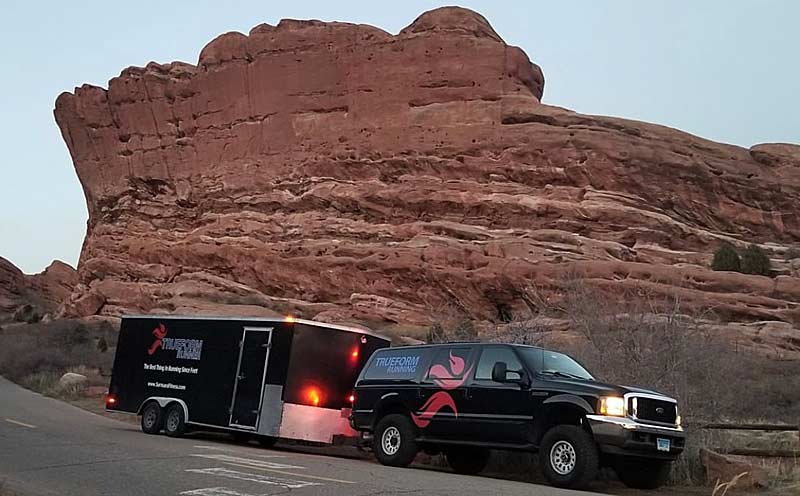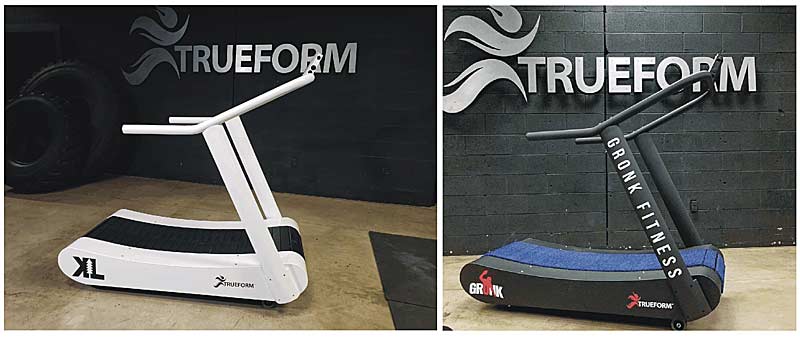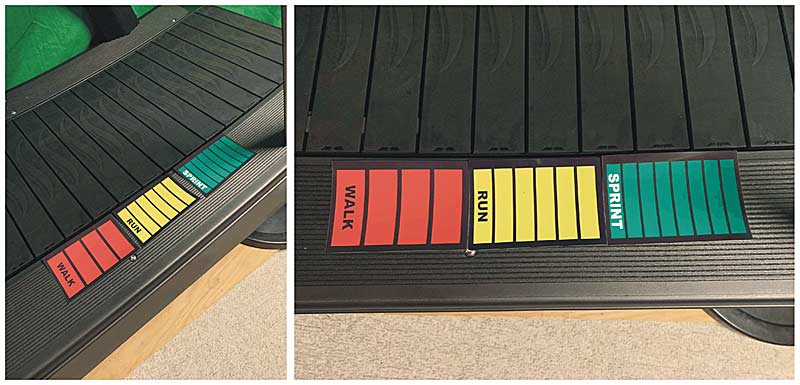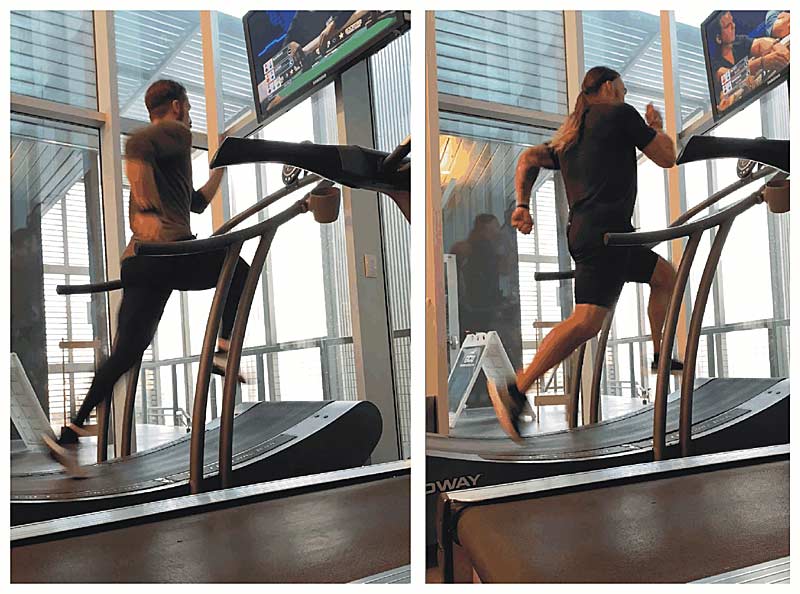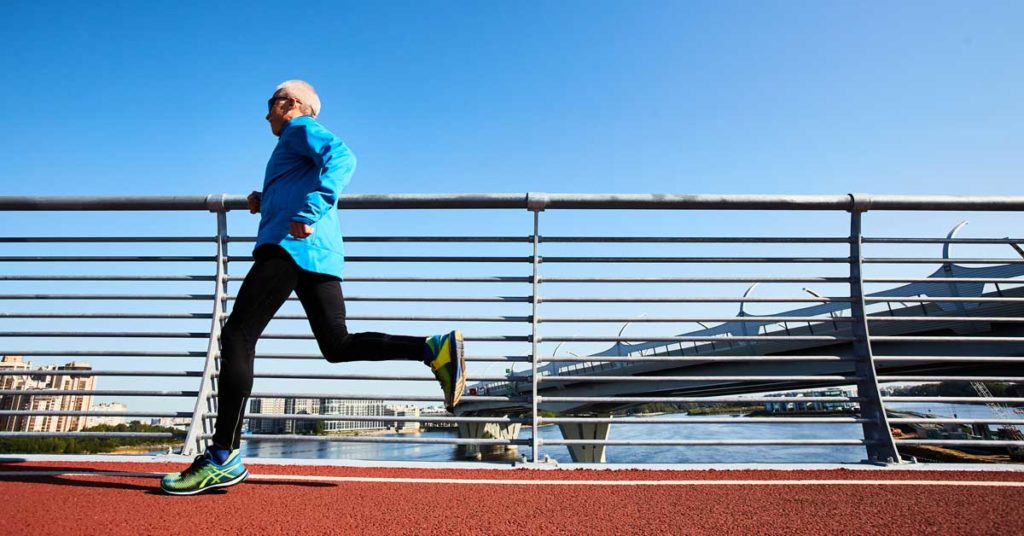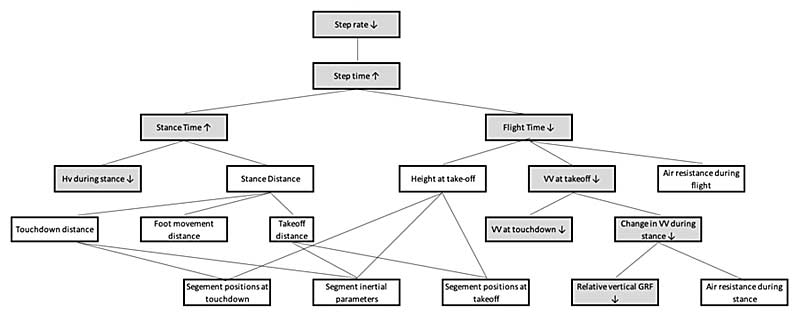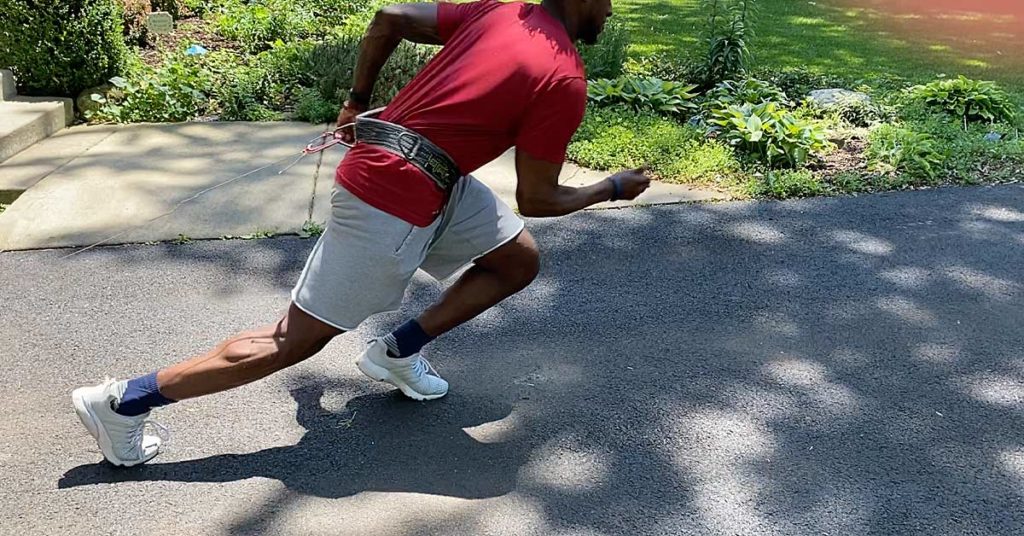
Despite some variances depending on the state in which you live, we are getting close to football season…of some kind. As coaches, we will have limited time with our athletes to get them ready. So, we need to get our athletes fast as soon as possible.
Here are my top four techniques on how to get faster at running and to improve speed in football.
Technique #1: Max Velocity Running
It may seem strange that this would be a “technique” to improve speed, but during my 30 years of coaching, I’ve seen that the average football player who has been in the weight room for months often has a hard time sprinting. On more occasions than I hoped to witness, I’ve had athletes come to me for a filmed running assessment, and when I asked them to sprint, they fell, tripped, or stumbled as they tried to get to top end speed. Their form was usually a leaned-forward position as they tried to squat their way down the track.
Video 1. Analysis of sprint mechanics for an athlete leaning too far forward with their torso.
This mechanical flaw is usually the result of an athlete doing months of bilateral movement under strain without ever having to move their limbs rapidly. Unfortunately, this is what we ask our athletes to do on the first day of practice: Run as fast as you can without ever practicing the most neurologically demanding movement our body knows.
There is a simple fix. Sprint as fast as you can for a short duration, frequently and fresh. The fear of falling is one of our greatest fears (think caveman days: falling when sprinting usually resulted in you being dinner for some terrifying predator). The body will adjust itself to not fall over within a few reps. One of the shortcomings is that the body will at first slow down to relearn how to sprint, so it will take more than a few workouts to get to that max speed.
Tip #1: Keep the Distance Short
Coaches tend to use longer distances so they can kill two birds with one stone—speed work and conditioning. The problem with this is that combining the two trains the athlete’s nervous system to run slow in a fatigued state; it never learns to open all the way up, and it creates a lower neural ceiling. Max velocity tends to develop better in a fresh, well-rested state.
Max velocity needs to be coaxed by starting with a short distance. When timing 10-meter splits from longer sprints, very few sprinters are able to hold max velocity for a full 30 meters. Few high school sprinters can hold 20 meters. Novice runners can’t hold for 10 meters. They are good for two strides and start to slow down. Master the 10 meters and when improvements stop, add 5 meters more.
Max velocity needs to be coaxed by starting with a short distance…Sprint as fast as you can for a short duration, frequently and fresh, says @korfist. Share on XThis workout would be 4-5 reps of a fly 10-meter run with a 5- to 8-minute rest to allow for ATP/creatine replenishment.
Why is max velocity important if players never reach it in a game?
Some people may ask, why do we need to get to max velocity? The average speed run during a game is 14 miles an hour. Well, say you have two cars: a Porsche and a Ford. Both cars can get to 60 mph, but because of the Porsche’s higher ceiling, it will get there faster. It will have a much higher rate of acceleration due to its higher horsepower or max velocity.
Tip #2: Use a Timer
Having a target is always the best training cue for athletic development. One way to expedite the nervous system reaching max velocity is by using an electronic timer and targeting a time. Having an electronic timer gets rid of the “coach’s clock” syndrome. And once you have legitimate times, you can post them. Nothing will motivate an athlete more than seeing their name in the middle of the pack and wanting to move up.
It’s also a great motivational tool because they can see themselves improve every week. And because we have a short period of time (and many athletes haven’t done much over the last couple months), they will certainly get faster with the sprints that they do. A great program to follow is “Feed the Cats” by Tony Holler. SimpliFaster also offers a great selection of timers. For beginners, it is easy to start with a Freelap System, and they now have a very reasonably priced option.
Tip #3: Incorporate Mini Hurdles
If running form is a concern, using mini hurdles is a great way to take care of the problem. Once again, we will tap into the fear of falling and place mini hurdles on the field. The hurdles should be between 3 and 5 inches tall and anywhere from 5 to 6 1/2 feet apart. The faster the athlete, the farther the distance.
There is a benefit for faster athletes to go through shorter hurdle spacing. The hurdles usually clean up most running flaws, says @korfist. Share on XHowever, there is a benefit for faster athletes to go through shorter hurdle spacing. The hurdles usually clean up most running flaws. I straddle the hurdle placement on a line, and my coaching tips for the hurdles are to go through as fast as the athlete can, keeping the right foot on the right side of the line and left foot on the left side of the line.
Video 2. Athlete performing a short assisted sprint over mini hurdles towed by the 1080 Sprint.
Tip #4: Program Drills to Help Sprinting
I employ a series of drills that help improve sprinting as well. One of the aspects of fast running is the scissoring action of the knees during a sprint, and this is universal, whether in accelerating, sprinting, or agility. I call these drills booms. They are really abbreviated high knees, but they incorporate hip stability and body tension. For an entire progression of the drills, you can purchase this video.
Video 3. Athlete performing one of the switches in the “booms” progression.
Another drill series I use develops the hip. Most athletes, especially those who have had a heavy dose of bilateral movements, tend to lose their lateral stability when they stand on one leg. You can see this when they run. One leg will cross the body to the other side.
This will not only actually force the athlete to decelerate because the foot is too far in front of the body, but also cause too much rotation in the upper body to compensate for the hips swerving too much—not that different from an axle having a bend in it. As mentioned above, mini hurdles down a line or mini hurdles with hands over the head tend to help quite a bit. A full progression of lateral chain hip development is available here.
Video 4. Lateral chain development targeting the hips.
Technique #2: Practice Running Separating the Upper and Lower Body
As much as one-third of the game of football is played with the torso or head not completely square on the hips. This could be a WR looking back for a fade, a linebacker watching a running back while sprinting toward the side line, a tackle turning outside to pick up an edge rusher, or the same edge rusher getting turned while pursuing the QB. Some coaches call this “football speed” and use it as a reason to say that track doesn’t develop football speed. We don’t want the WR to be overthrown because he can’t keep his speed once he turns back to find the football. Similar problems could occur for all the above-mentioned positions as well.
Let’s learn to be “football fast” by training for these scenarios and getting accustomed to performing while the upper and lower body are separated.
Video 5. Athlete performing assisted sprints with the upper and lower body separated.
It is really quite simple: Run your flys with different body positions—either head back or adjusted or torso adjusted. If you have an electronic timer, look at the huge speed difference between normal running and departed running. What is even cooler is if you watch the difference shrink with the practice of different types of runs—now you are “football fast.”
Video 6. Sprinting while looking the opposite direction, working on keeping full speed while making visual contact with an offset target.
Technique #3: Running Circles
Agility training for football usually consists of ladders and cone runs. In game situations, however, players run some form of a circle more than they plant and cut, but we never really train for it. If you train near a basketball court, the tipoff circle, free throw circle, and three-point arc all make great circles to sprint around. Hula hoops work great as well. Someone who does not efficiently and quickly run a circle never advances their outside hip, and it looks like they hop around the circle, which means it takes two steps where it should only take one. A really efficient athlete can bring their outside hip forward and lead with their outside shoulder, so the outside leg advances the body.
Running a figure eight (Infinity Run) while focusing on a target may very well be a top exercise for football training, says @korfist. Share on XTo make it an even better movement, use two hula hoops and make a figure eight. Now you are incorporating hip movement. Most coaches say their athletes need better hips. To make the exercise even more football-friendly, have the athletes focus on a target while running the figure eights (also known as an Infinity Run). This integrates their vestibular system with running, and it may very well be a top exercise for football training.
Video 7. Running a figure eight pattern (or Infinity Run) for football-specific footwork and agility.
Technique #4: First Step Shin Angle/Foot Stiffness
None of the movements mentioned above will be as effective without a good first step. There isn’t a coach out there who doesn’t want a better first step. The problem is that most don’t know what parts go into a first step. The first step is going to rely on two things:
-
- The most important is the direction of the force.
-
- The second is the displacement of the hips, or how far the athlete’s body travels before their first foot hits the ground.
The direction of force is the key element. Say we take two athletes who can create 500N of force, which usually translates into a squat of two times an athlete’s body weight (generally). Athlete A has a shin drop that is more horizontal in nature, and Athlete B has a more vertical drop. Who travels farther on their first step? Of course, Athlete A. In fact, the more powerful Athlete B becomes, the more vertical he pushes and does not improve his first step quickness.
The direction of force is the key element for a good first step…We need to use resistance to hold the body so it can find that shin-down position, says @korfist. Share on XWhat are some drills to do to be more like Athlete A? I rely on one concept: We need to use resistance to hold the body so it can find that shin-down position.
Video 8. Horizontal shin drop that helps deliver force in the right direction for acceleration.
Video 9. An example of a march, where the athlete is trying to roll over the top of the foot.
Video 10. Here is a video that shows how to move laterally.
With not much time to work with your athletes in some states, use the above tips, techniques, and drills to get the most out of the small amount of time you do have.



